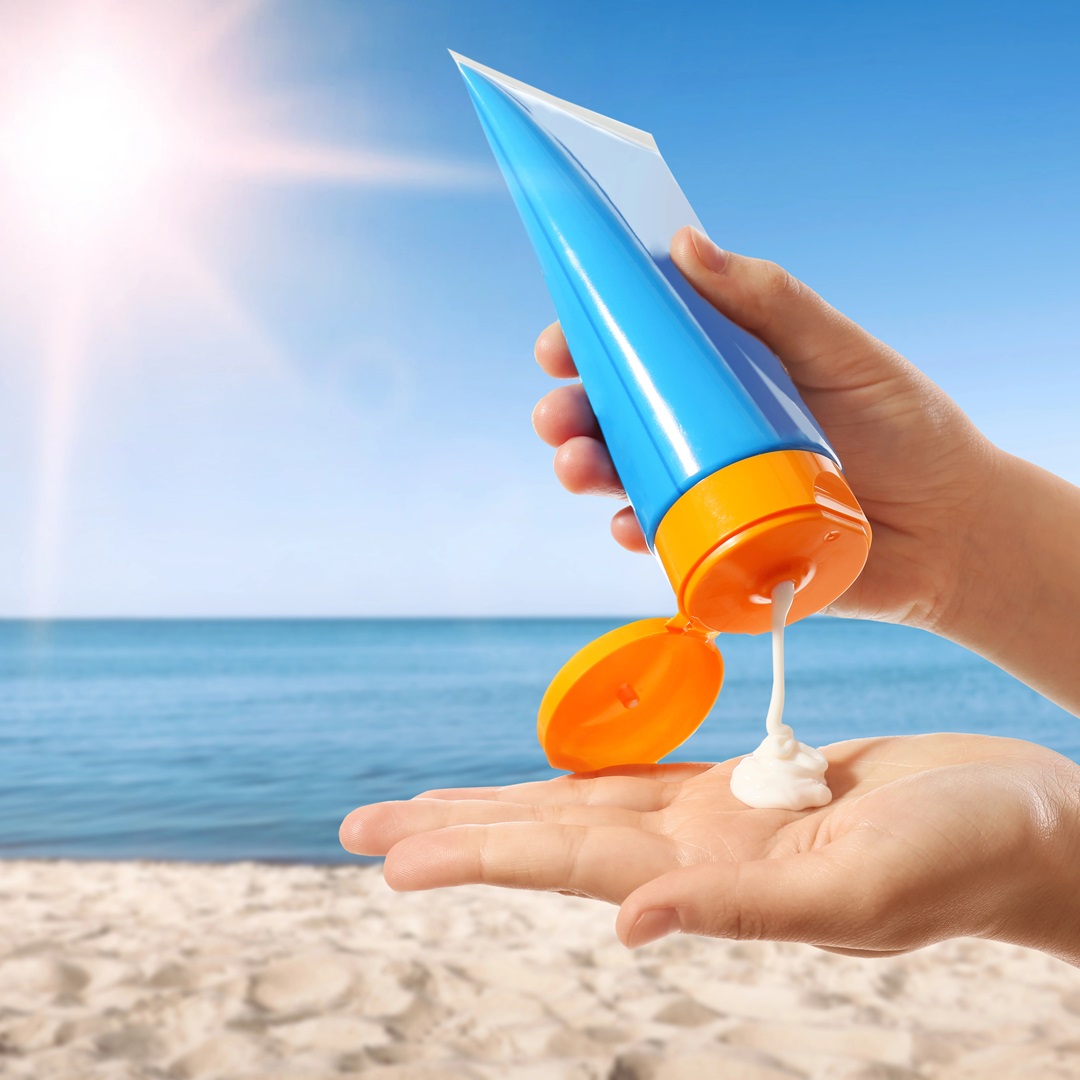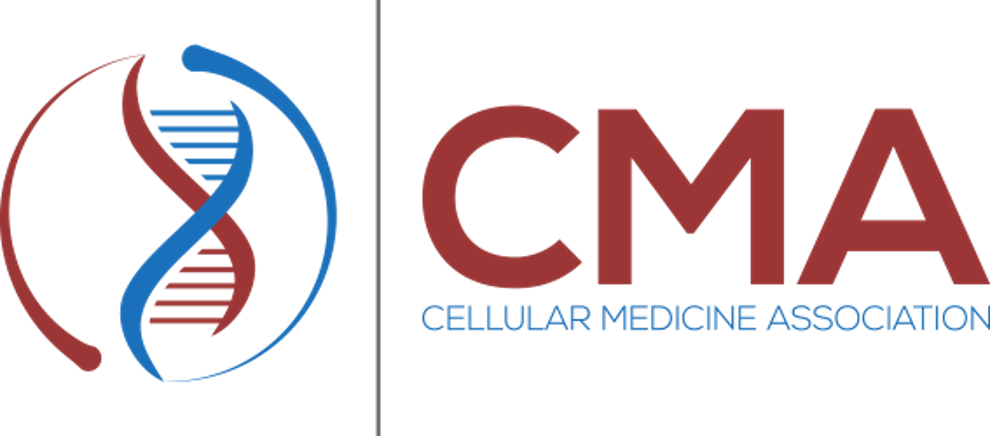by Stephen Luther, M.D.
Share

For decades, the message has been clear: the sun is a villain when it comes to skin cancer. We’ve been urged to slather on sunscreen, seek shade, and avoid rays at all costs. But what if this narrative oversimplifies a complex story? A deeper dive into the science reveals a nuanced relationship between sunlight, skin health, and overall well-being – one that challenges the blanket condemnation of the sun and questions the efficacy of some sun protection strategies. Far from a straightforward enemy, sunlight may hold vital health benefits, while the crusade against it – and the reliance on cheap sunscreens – could be doing more harm than good.
The Skin Cancer Spectrum
Skin cancer comes in various forms, each with its own profile. Basal cell carcinoma (BCC) and squamous cell carcinoma (SCC), the most common types, affect over 3 million Americans annually. Strongly linked to ultraviolet (UV) exposure, particularly in fair-skinned individuals prone to burning, these cancers are typically localized and treatable. BCC rarely spreads and has a near-zero fatality rate, while SCC, though slightly more serious, is highly manageable with early detection. Together, they dominate skin cancer statistics, yet their impact is often overstated.
Then there’s melanoma, the rare but deadly outlier responsible for most skin cancer deaths. Intriguingly, melanoma frequently appears on less sun-exposed areas such as the back or legs, casting doubt on UV rays as its sole cause. Some studies suggest that regular, moderate sun exposure might even lower melanoma risk, hinting at a paradox: avoiding the sun entirely might not be the protective shield we assume.
The Sunlight Paradox
This paradox deepens when we consider sunlight’s broader health benefits. As our primary source of vitamin D, UV rays trigger a process in the skin that converts a cholesterol-like compound into this essential nutrient. Just 15-30 minutes of exposure a few times a week – adjusted for skin tone and location – can maintain optimal levels. Vitamin D supports bone health, bolsters the immune system, and is linked to lower risks of heart disease, certain cancers, and mood disorders such as depression. Populations in sunnier climates often exhibit better overall health, a clue that sunlight’s effects extend beyond tanning.
Beyond vitamin D, sunlight unleashes a cascade of physiological perks. UVA rays release nitric oxide, which relaxes blood vessels and lowers blood pressure, benefiting cardiovascular health. UV exposure also boosts endorphins and serotonin, enhancing mood and sleep, while stimulating antimicrobial peptides that fight pathogens and reduce inflammation – offering relief for conditions such as psoriasis or eczema. Some research even suggests that moderate sun exposure might extend lifespan by mitigating chronic disease risks, challenging the sun-avoidance gospel. Yet, the flip side looms large. Excessive UV exposure, especially sunburns, undeniably increases the risk of BCC and SCC. The key lies in balance: too little sun deprives us of these benefits, while too much courts trouble.
The Dermatology Dilemma and the Anti-Sun Campaign
So why the relentless push to shun the sun? Dermatology’s rise as a specialty, fueled by a strategic rebrand, plays a role. Routine full-body exams have become a lucrative industry, funneling healthy patients into cycles of biopsies and excisions – often for benign spots. Billions are spent annually on skin cancer prevention, yet melanoma death rates have remained stubbornly stagnant for decades. This profitable paradox thrives on fear: equate all skin cancers with melanoma’s lethality, and the anxiety – and appointments – keep flowing.
This oversimplification sidelines sunlight’s benefits while amplifying its risks. The “avoid the sun” mantra, while rooted in protecting against UV damage, ignores the holistic factors – such as diet or smoking – that may outweigh sun exposure in the cancer equation. Processed foods can inflame the body, amplifying UV damage, while antioxidant-rich diets might buffer it. It’s a multifaceted puzzle, not a single-variable game.
The Dark Side of Cheap Sunscreens
Sunscreen, a cornerstone of sun safety, isn’t a perfect solution either – especially when it comes to budget options. Cheap formulations often rely on chemical filters such as oxybenzone, octinoxate, or homosalate, which can pose unexpected risks. Studies show these ingredients absorb into the bloodstream at high levels, lingering for days and exceeding FDA safety thresholds that demand further testing. While human harm isn’t definitively proven, animal studies suggest potential hormone disruption, with oxybenzone mimicking estrogen and possibly affecting thyroid function or pregnancy outcomes such as birth weight.
Quality also suffers in low-cost sunscreens. Many skimp on broad-spectrum protection, leaving gaps against deeper-penetrating UVA rays that accelerate aging and cancer risk. Some filters, such as avobenzone, degrade under sunlight, generating free radicals that damage skin cells – ironically worsening the very conditions they aim to prevent. Additives such as fragrances or parabens can clog pores, trigger allergies, or hint at mild endocrine effects, particularly in sensitive skin.
In contrast, mineral sunscreens with zinc oxide or titanium dioxide reflect UV rays without deep absorption, offering a safer alternative. Yet even these can fall short if bargain brands cut corners on particle size or concentration. The lesson? Price reflects quality, and skimping on sunscreen might cost more in the long run.
Striking a Smart Balance
The path forward lies in moderation and informed choices. For most, 15-30 minutes of unprotected sun exposure to arms and legs a few times weekly – adjusted for skin tone (darker skin needs more time, fair skin less) – delivers vitamin D and metabolic boosts without excessive risk. Beyond that, protection is key, but quality matters. Opt for broad-spectrum, SPF 30+ mineral sunscreens from reputable brands to minimize absorption and maximize defense, paired with clothing and shade during peak hours.
This balanced approach honors sunlight as a misunderstood ally rather than an outright enemy. The current dogma, with its blanket warnings and reliance on subpar sunscreens, may be costing us more than we realize – both in missed health benefits and unintended risks. Next time you step outside, consider a short dose of light as a potential tonic, paired with smart protection, to unlock the sun’s promise while sidestepping its pitfalls.
Experts in Skin Health and Sun Safety
Symbios Health and Medical Spa specialize in identifying and controlling skin conditions with the help of elite medical professionals and aestheticians. We offer tailored treatments and expert guidance to help individuals strike the perfect balance between sun exposure and skin protection. In addition to addressing skin conditions such as blemishes, wrinkles, or other concerns, we can assist with abnormal vitamin deficiencies that may be contributing to a lower quality of life.
Our approach includes providing high-grade skin care products and creating personalized plans for responsible sun exposure, ensuring you reap the full benefits of the sun without compromising your skin’s health. Whether you’re looking to rejuvenate your skin or improve your confidence, Symbios is committed to helping you achieve radiant skin while enhancing your overall well-being.
References
- American Academy of Dermatology. (2023). “Skin Cancer Types: Basal Cell Carcinoma, Squamous Cell Carcinoma, and Melanoma.”
- Holick, M. F. (2016). “The Vitamin D Deficiency Pandemic: Approaches for Diagnosis, Treatment, and Prevention.” Reviews in Endocrine and Metabolic Disorders, 17(3), 1-14. DOI: 10.1007/s11154-016-9375-1
- Lindqvist, P. G., et al. (2016). “Avoidance of Sun Exposure is a Risk Factor for All-Cause Mortality: Results from the MISS Cohort.” Journal of Internal Medicine, 280(1), 69-79. DOI: 10.1111/joim.12487
- Weller, R. B. (2016). “Sunlight Has Cardiovascular Benefits Independently of Vitamin D.” Blood Purification, 41(1-3), 130-134. DOI: 10.1159/000441266
- Matta, M. K., et al. (2019). “Effect of Sunscreen Application Under Maximal Use Conditions on Plasma Concentration of Sunscreen Active Ingredients: A Randomized Clinical Trial.” JAMA, 321(21), 2082-2091. DOI: 10.1001/jama.2019.5586
- Calafat, A. M., et al. (2008). “Concentrations of the Sunscreen Agent Benzophenone-3 in Residents of the United States: National Health and Nutrition Examination Survey 2003–2004.” Environmental Health Perspectives, 116(7), 893-897. DOI: 10.1289/ehp.11269
- Skin Cancer Foundation. (2023). “Sunscreen Safety: What You Need to Know.”
- Diffey, B. L. (2002). “Sunscreens and UVA Protection: A Major Issue of Minor Importance?” Photodermatology, Photoimmunology & Photomedicine, 18(1), 1-3. DOI: 10.1034/j.1600-0781.2002.180101.x





